“I am mostly self-taught, learning from experiences. I definitely didn’t follow a conventional art student route”
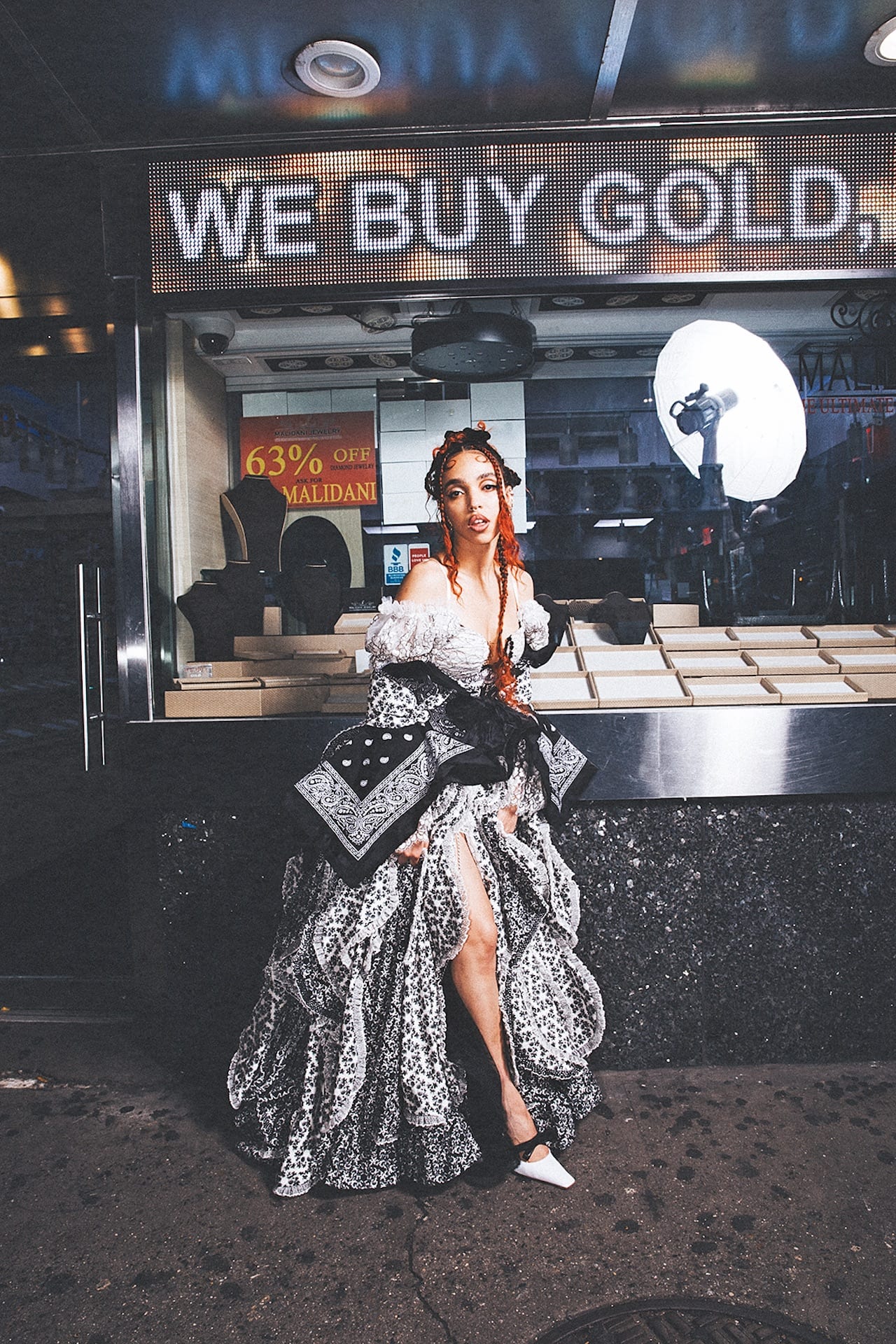

“I am mostly self-taught, learning from experiences. I definitely didn’t follow a conventional art student route”
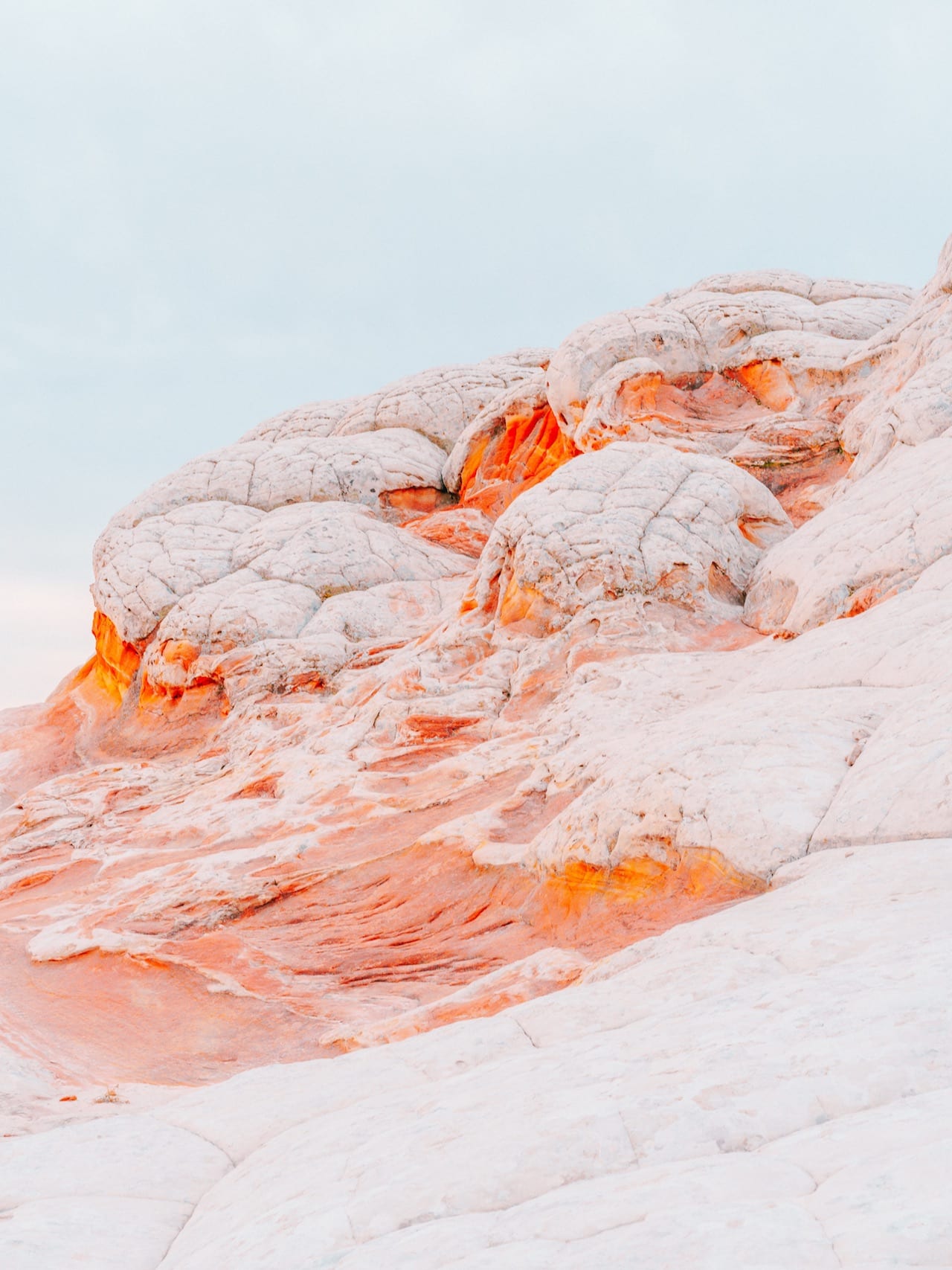
“It was moving to London that got me interested in publishing,” says Sarah Barnett, who relocated to the capital from Manchester with a multimedia degree and experience working in an interactive agency. She quickly got a job at Progressive Content marketing agency, and later became the art editor of Economia magazine, working with Rebecca McClelland (formerly photography editor for New Statesman, Port and Wallpaper*) and photographer Catherine Hyland. Together, they had “the challenge of trying to push the creative boundaries of an accountancy magazine,” she recalls. “We worked with some of the best portrait photographers and that definitely influenced me in how I work with photography today.”
In 2016, she became the art director of N by Norwegian, spearheading its recent redesign to allow more room for photography series, demanding a “whole new level of editing”, says Barnett. “We might be an in-flight publication, but we’re more than just travel.”
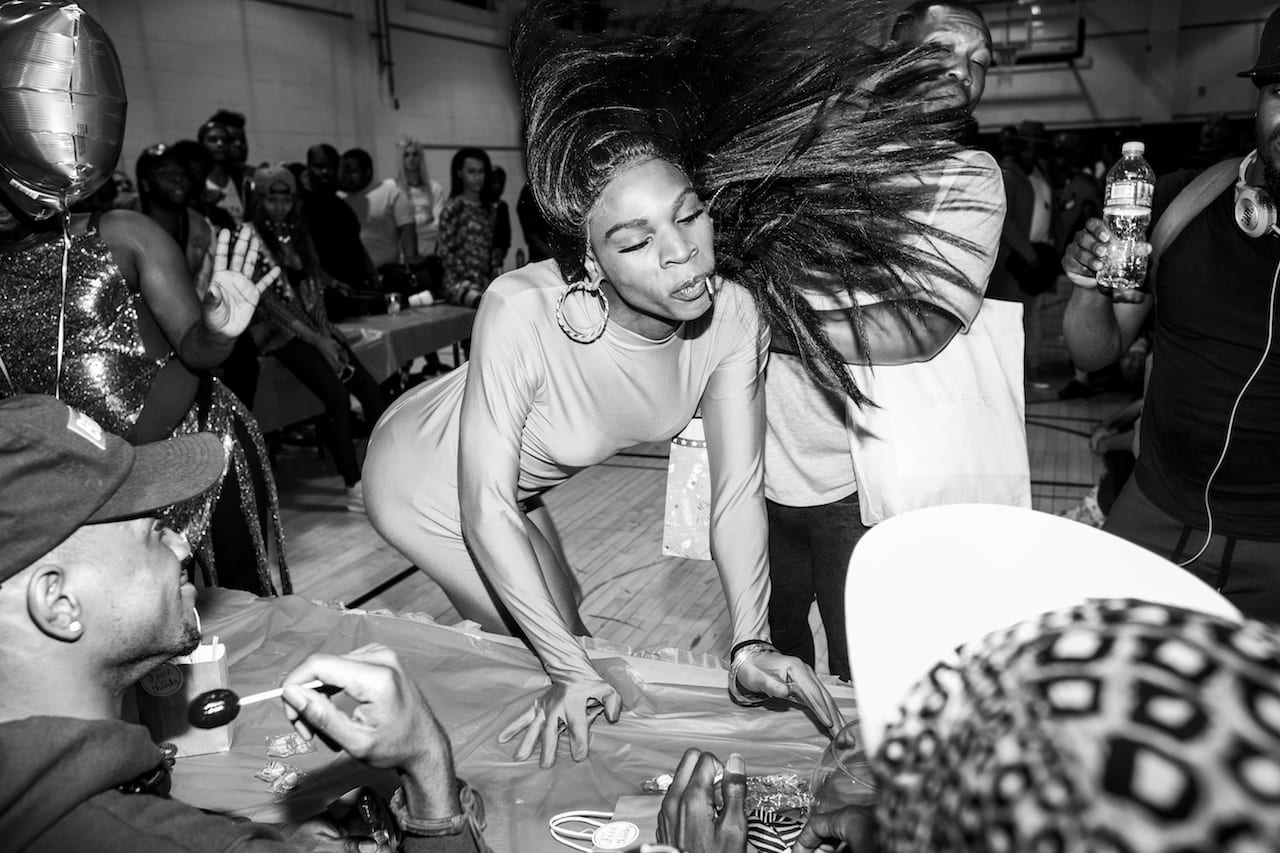
When the first issue of Huck went to press in 2006, it was quite different to what it is today. Started by a team of friends passionate about the skate and surf scenes, and formed soon after the closure of Adrenalin magazine, where many of them had worked, it championed the personal stories of the sports’ icons and surrounding culture, rather than the action. Though still passionate about radical culture, Huck is now decidedly less niche.
“Over the years, the voice we’ve always had as an alternative to the mainstream became more relevant to more people,” says Andrea Kurland, who has been part of the team from the start, and became editor-in-chief in 2010. “As we’ve grown, the generation that grew up with us has become more socially and politically engaged. This is now very embedded in the magazine, so we’ve been bolder and braver with this particular world stance.”
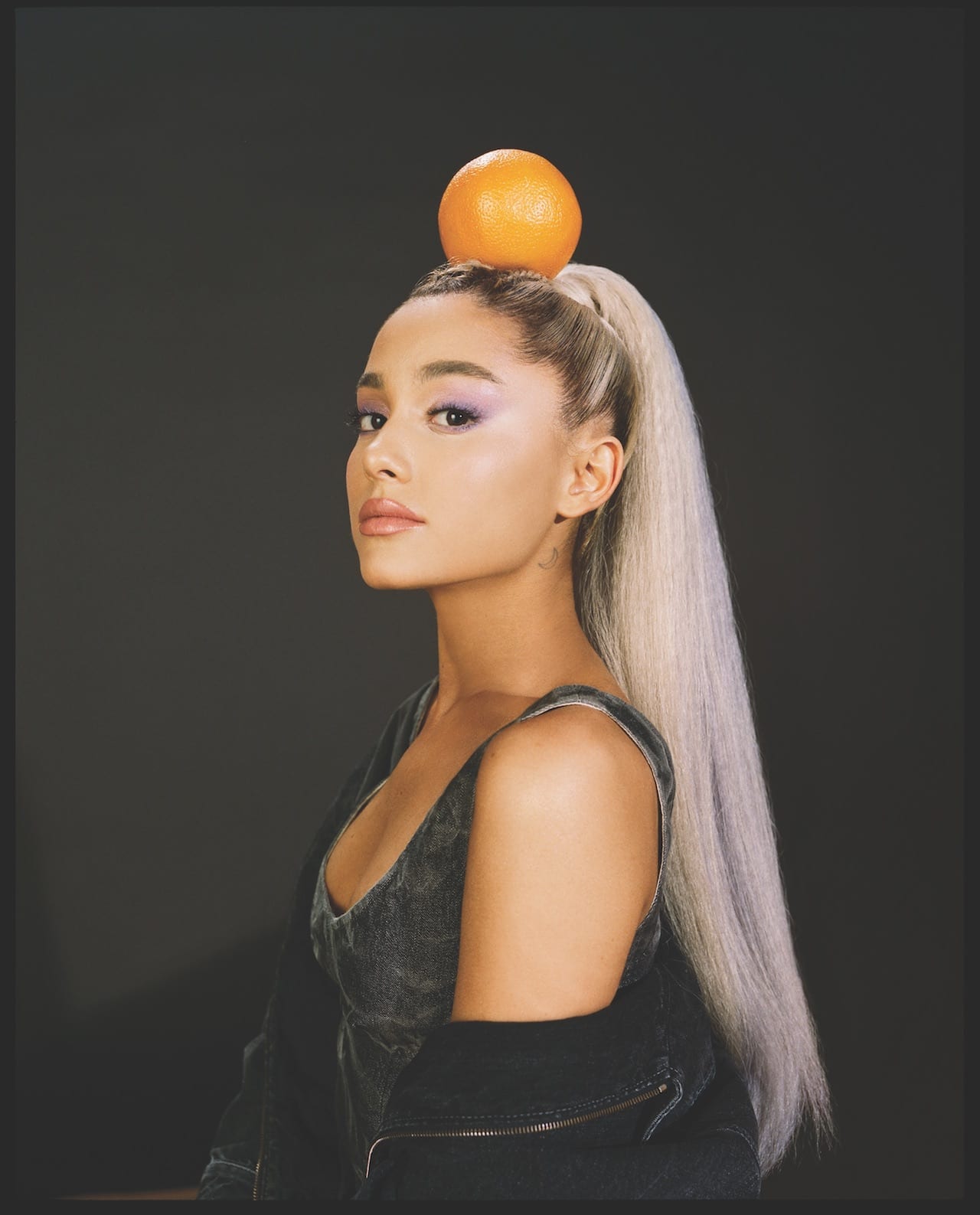
Asked to describe the style of photography featured in The Fader, the celebrated music journal launched in New York in 1999 championing contemporary style and emerging artists, Keegin shoots back with, “All-you can-eat buffet”. The magazine’s photo director since 2015, having previously worked for Time and Bloomberg Businessweek, she describes her preferred aesthetic as “manic”, explaining, “I like all kinds of photography and am happiest when genre, style and hue smash into each other on the same page”.
While her predecessors championed intimacy and authenticity, gaining unusual access to musicians and shooting them in relaxed pose in natural light, Keegin’s approach injects flash, colour and surrealism. “To me, great photography is the result of an emotional connection between a photographer and her subject,” she says. “This form of interpersonal magic is not genre specific or the result of a certain set of aesthetic constraints.”
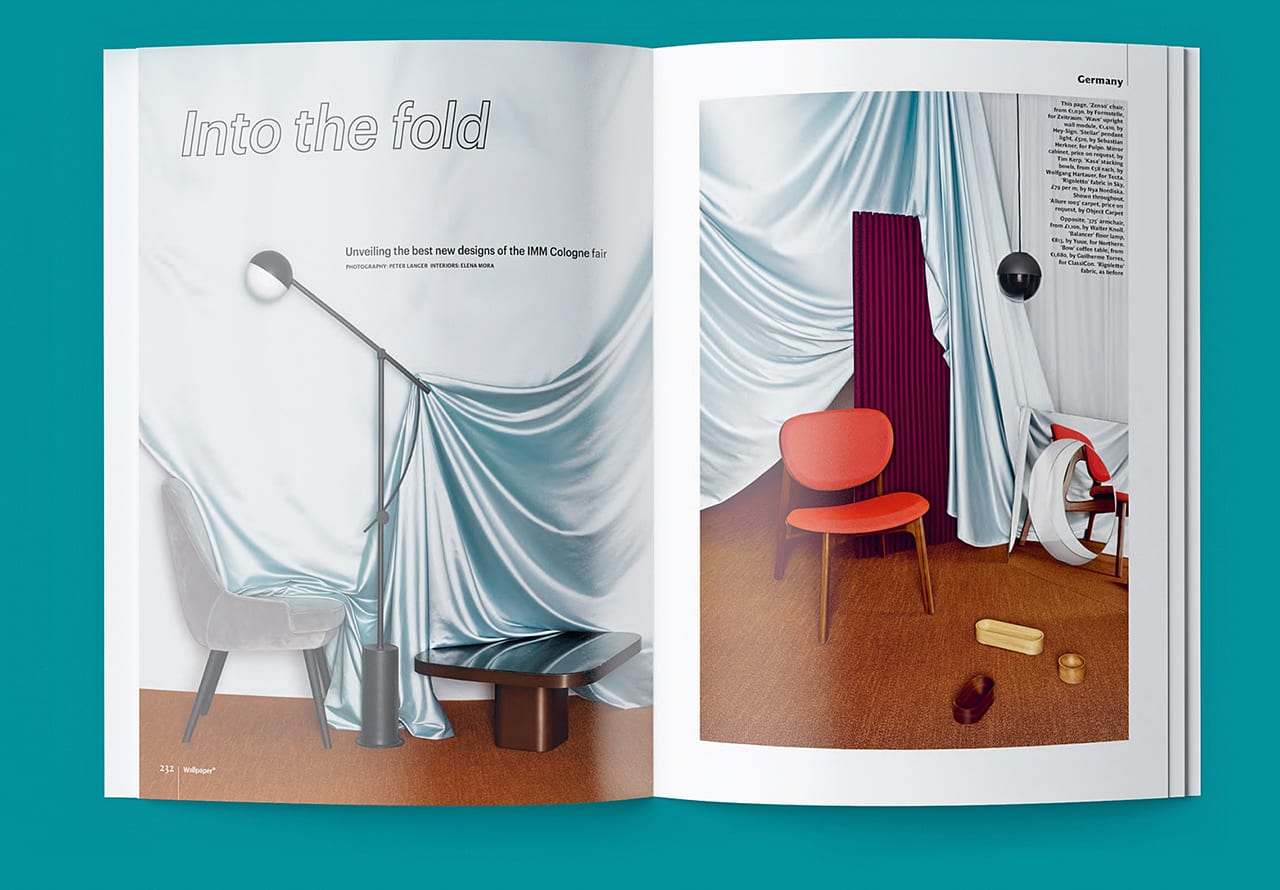
Holly Hay’s induction into publishing came by way of the fashion communication and promotion BA…
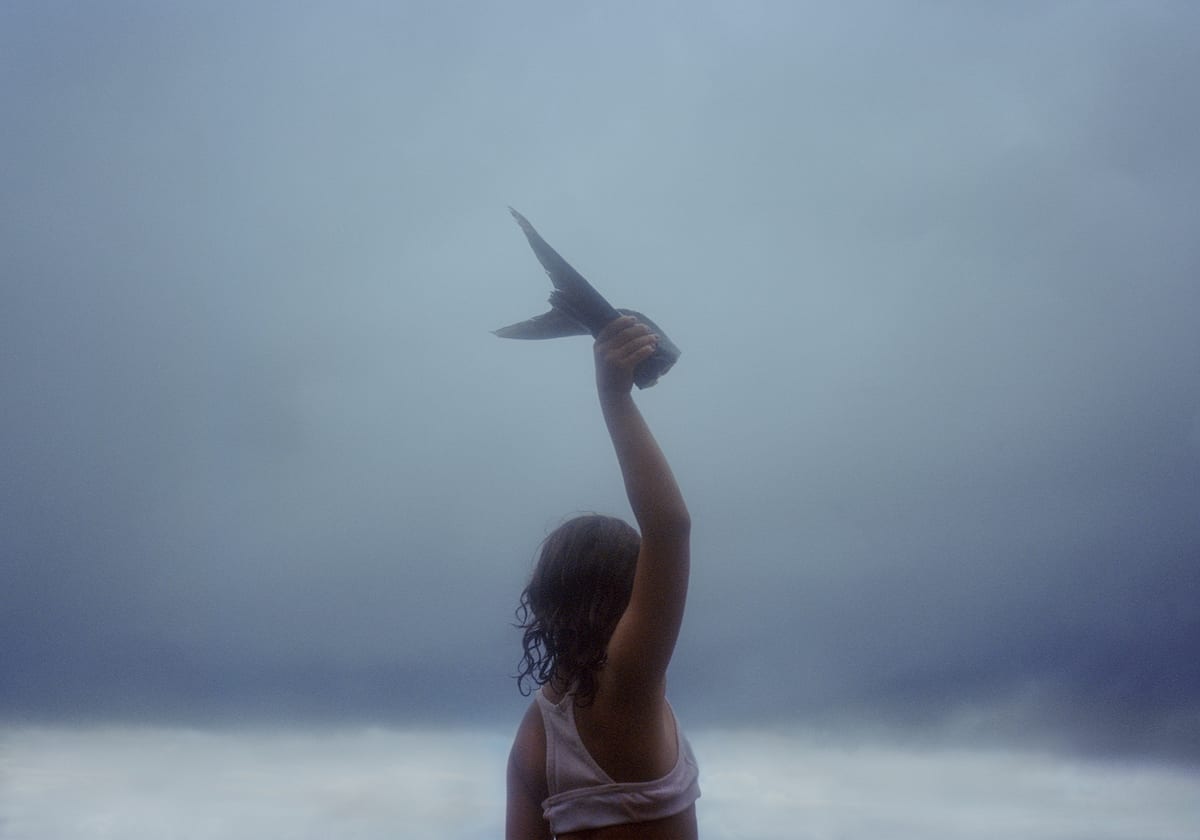
“If we tell the story differently, we can instil viewers with a sense of urgency, or, at the very least, a curiosity about the subject of fracking”

In our September 2018 issue, we interview Vanessa Winship and Hellen van Meene about the…
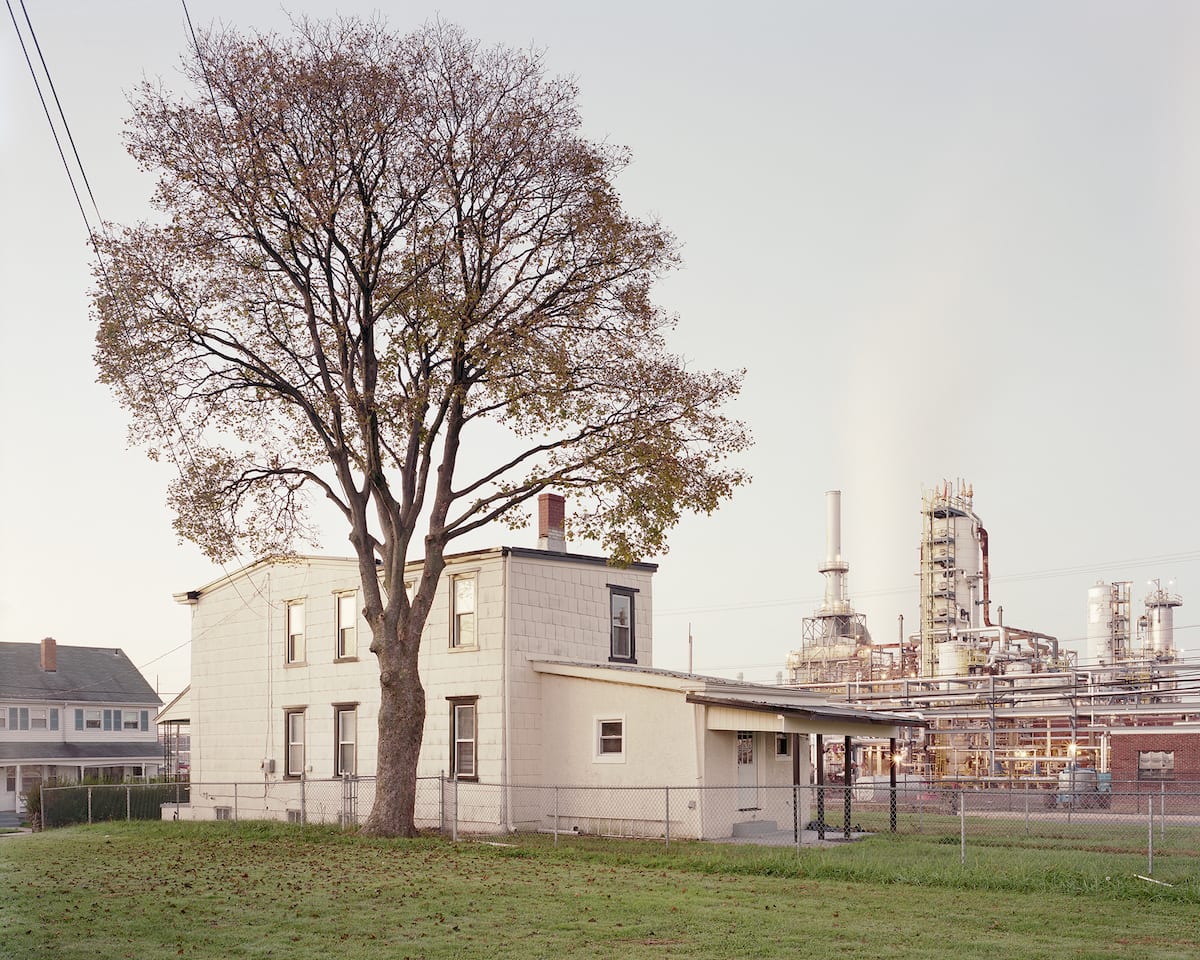
Prizes include a £5,000 project grant, travel and accommodation expenses, and extensive coverage on BJP’s website
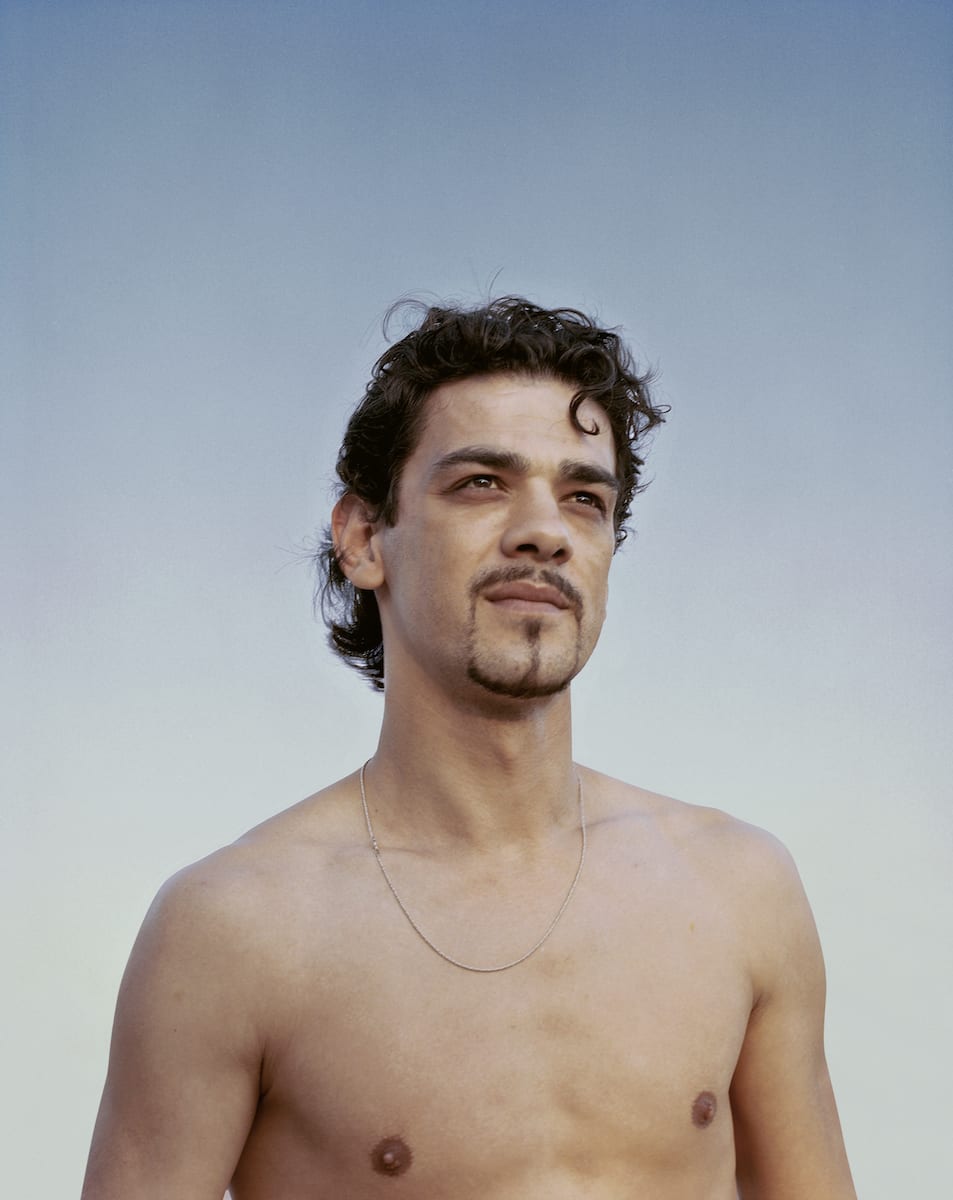
Catherine Hyland creates an eclectic series of portraits along the banks of Linz’s central waterway for an exclusive British Journal of Photography commission
How do editors discover new talent? How do magazines collaborate with freelancers? What does an editor look for when commissioning photography?
Through interviews with photo editors and art directors from publications such as Huck, Atmos, Glorious and A3, Creative Brief explores how different publications employ the photographic medium.
“Be intentional about your art and trust your creative instincts,” explains Azia Javier, founder of A3. “Creativity is all in the journey, not the outcome.”